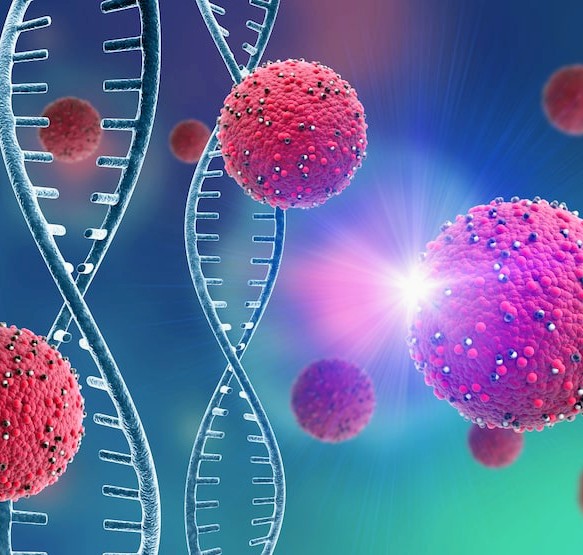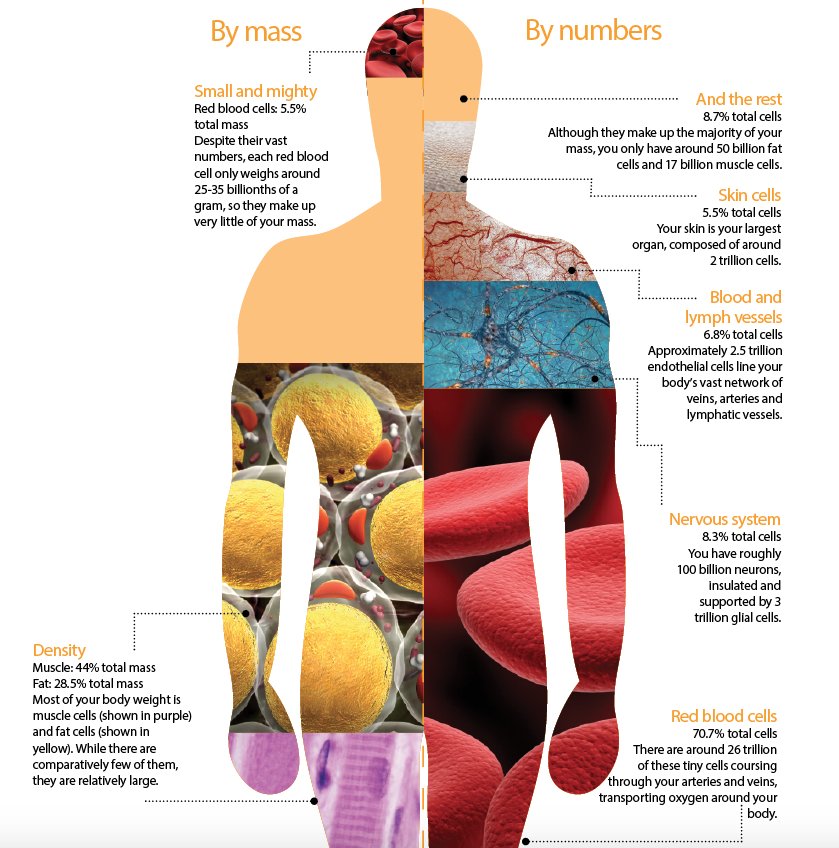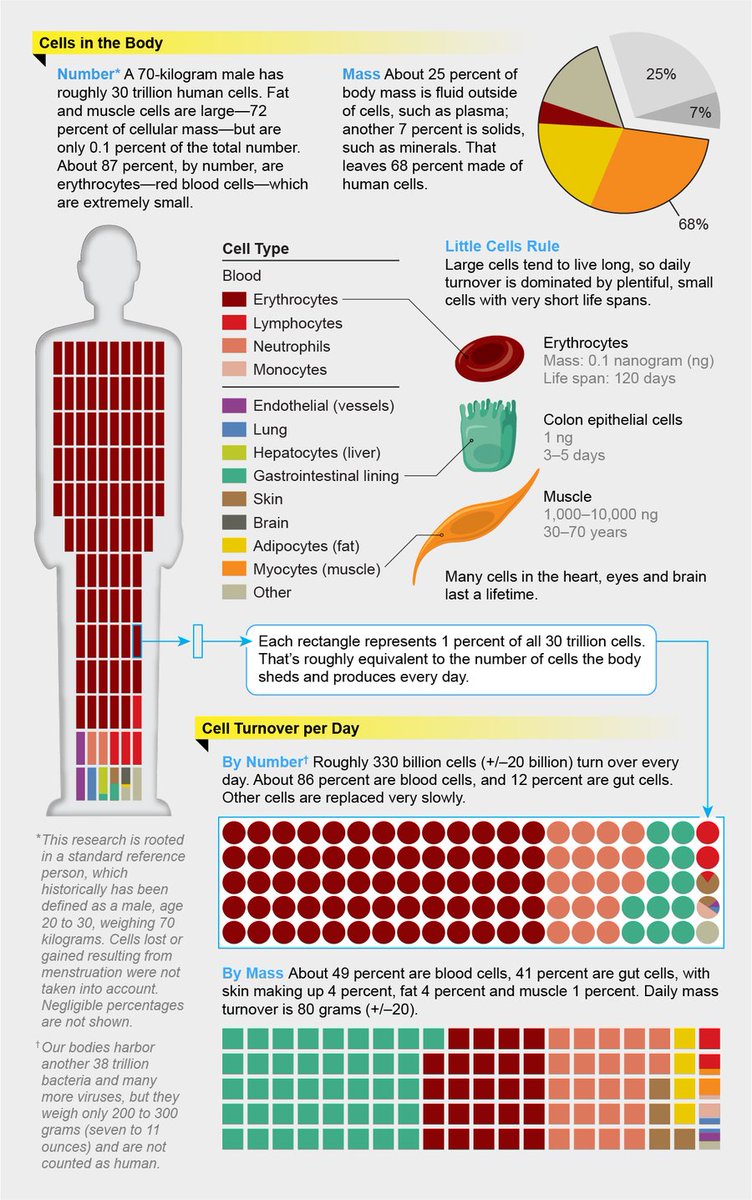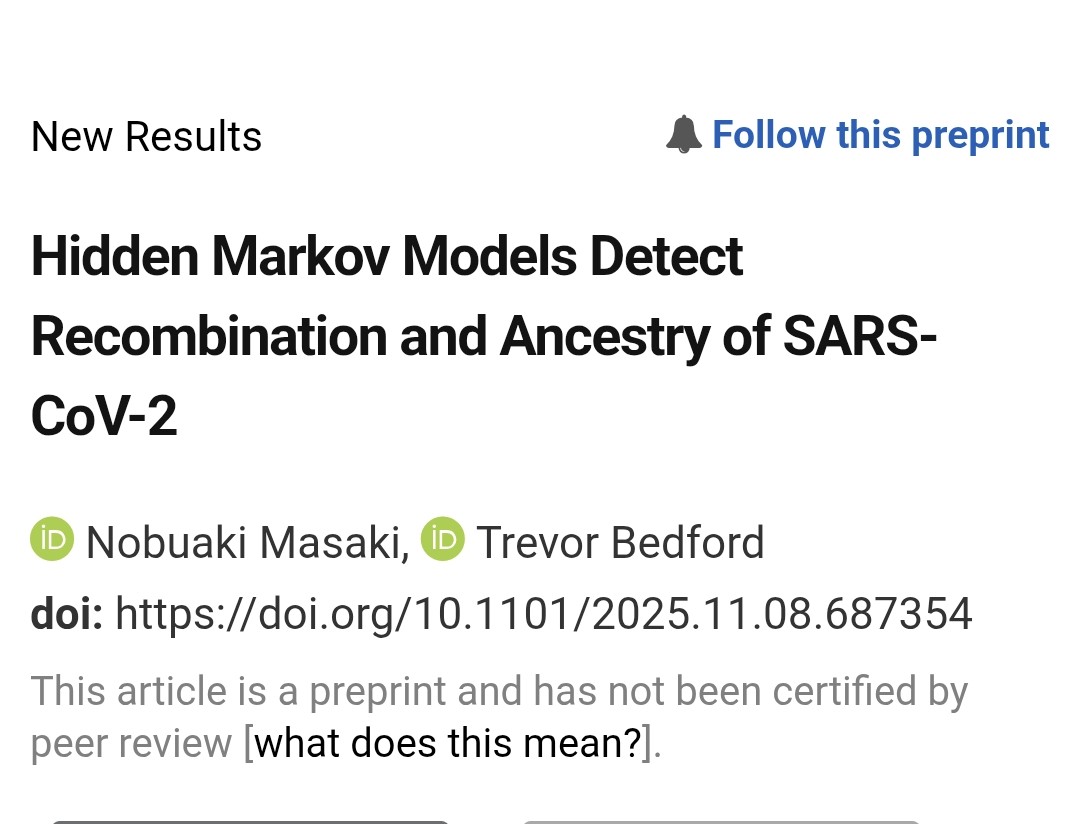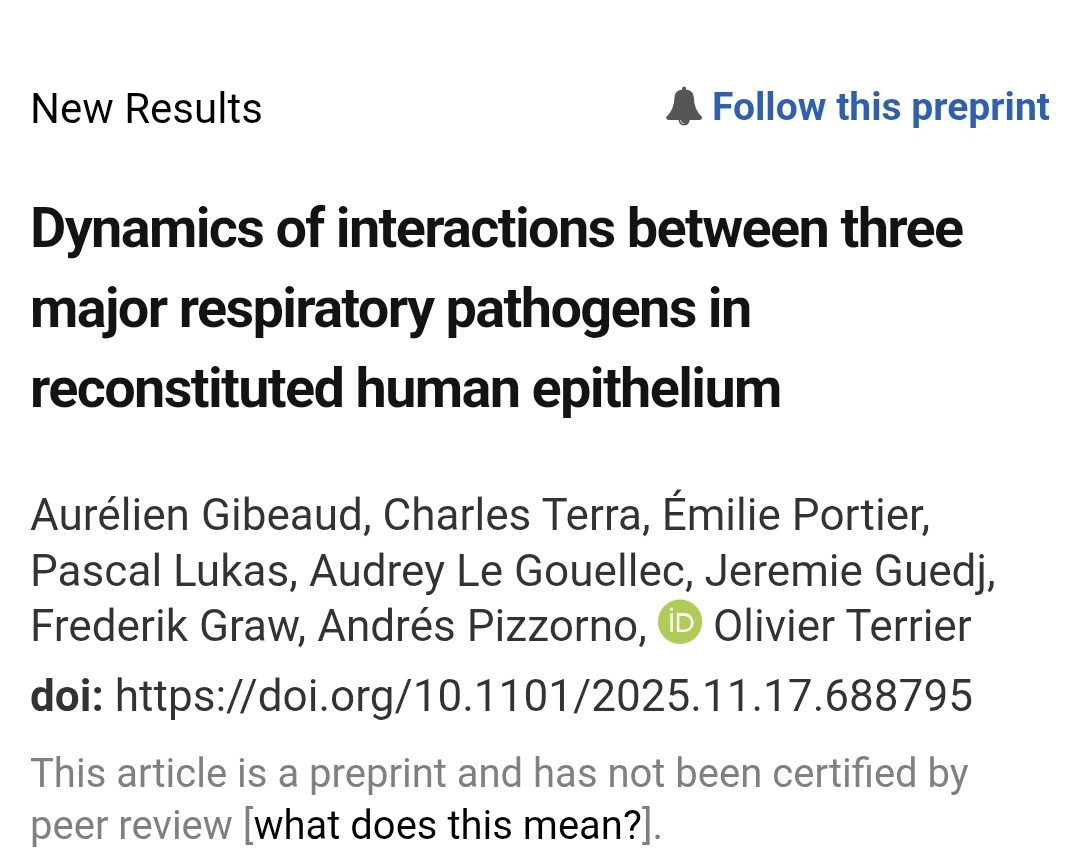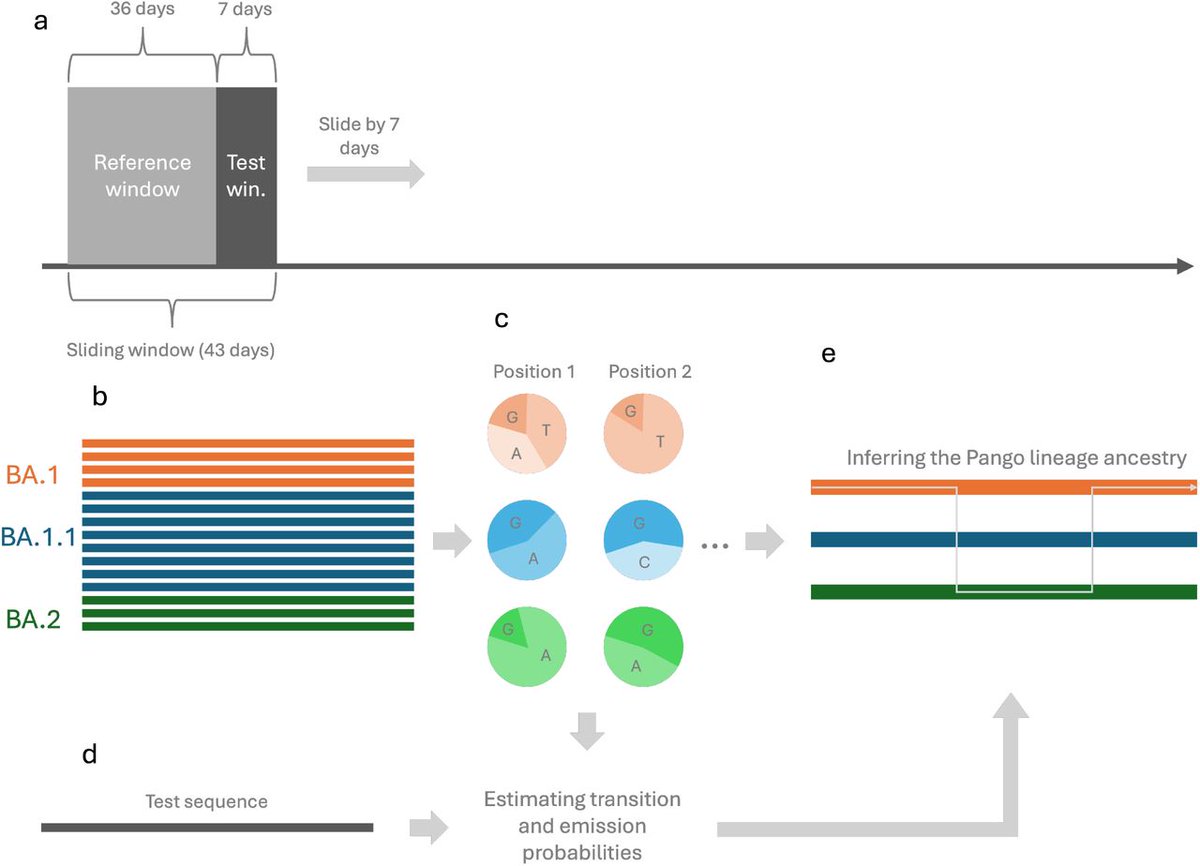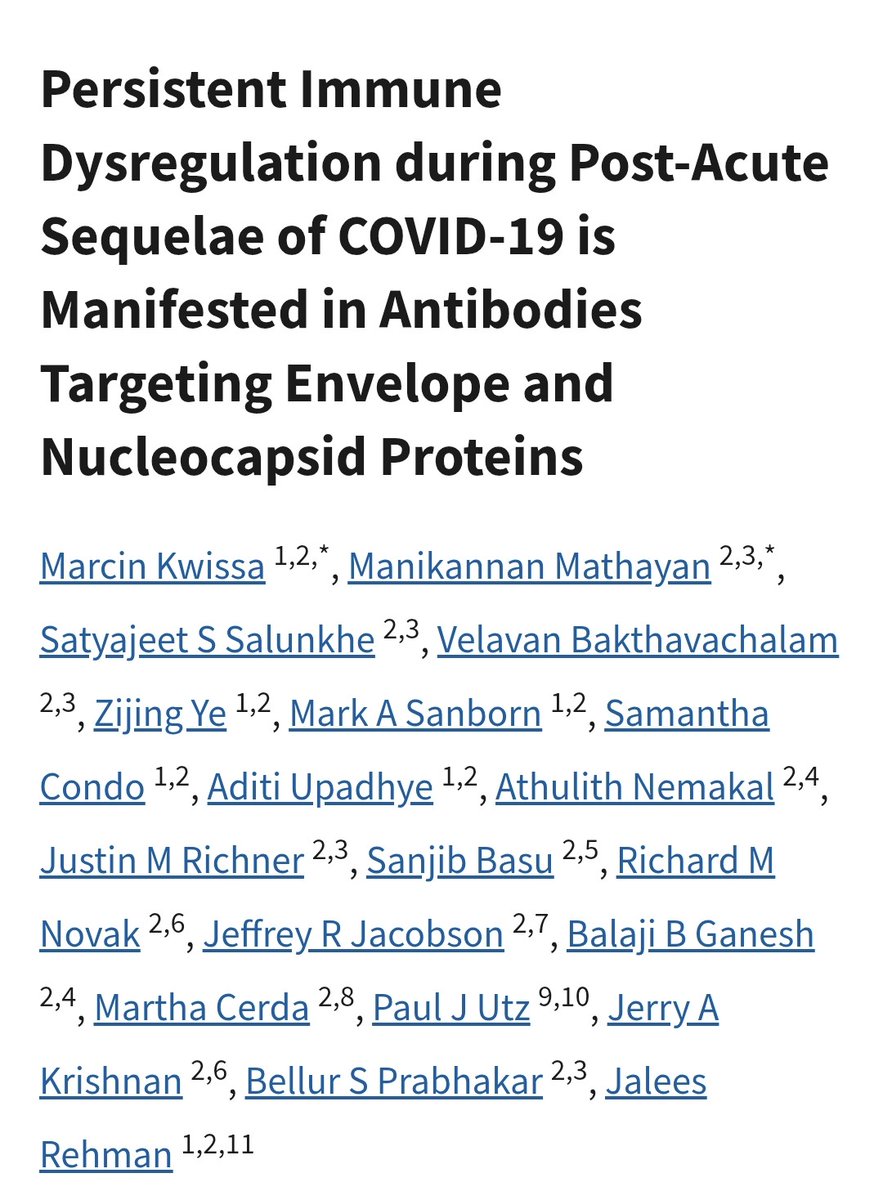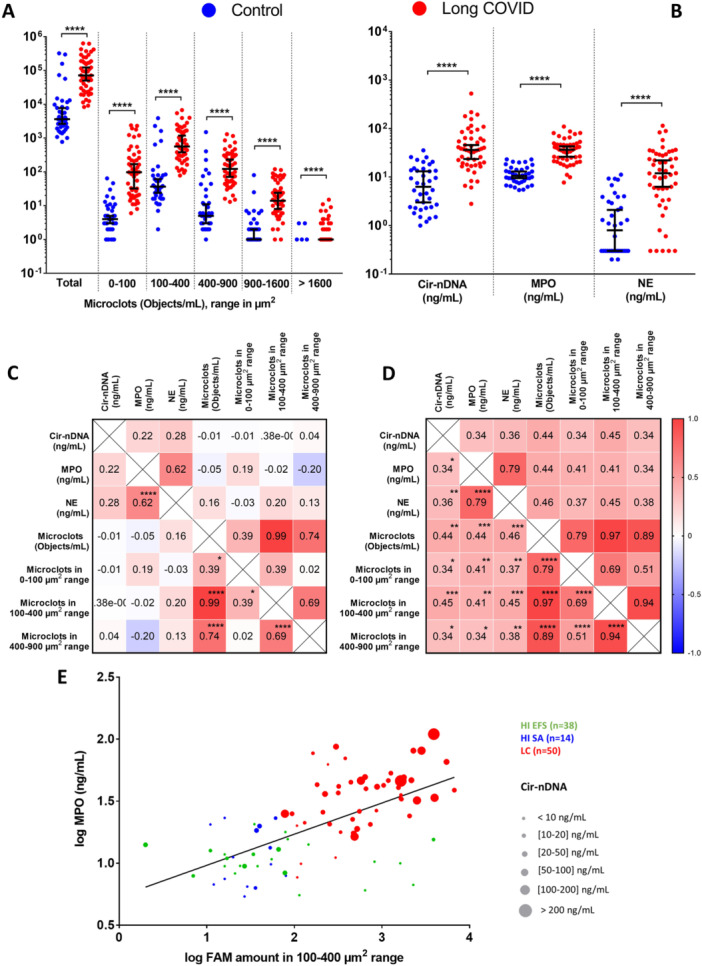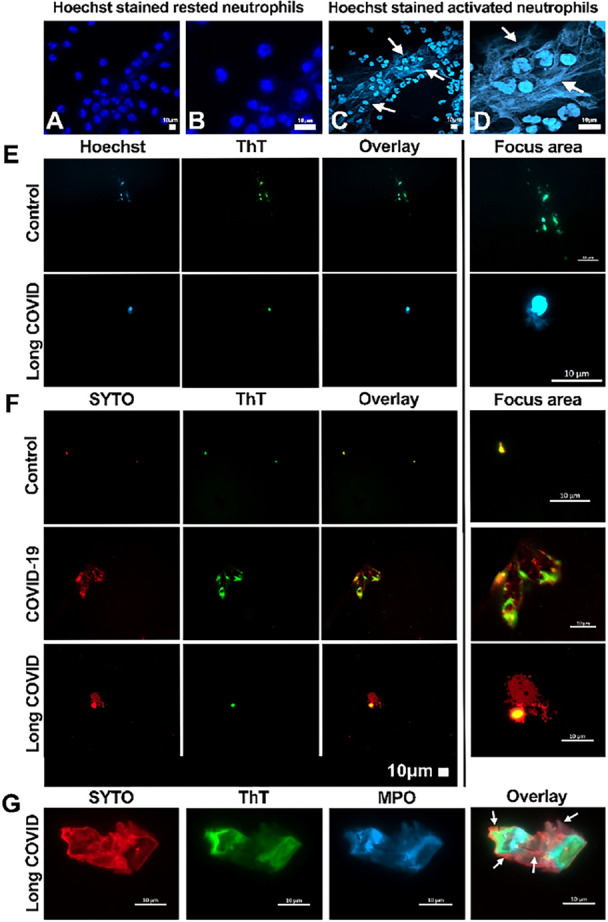COVID-19: LONG-TERM MODIFICATIONS in the STRUCTURE of DNA !
This study has been posted several times but I would like to explain first in layman terms why it is a major study.
Some definitions :
EPIGENETIC changes refer to modifications in the structure of DNA ...
This study has been posted several times but I would like to explain first in layman terms why it is a major study.
Some definitions :
EPIGENETIC changes refer to modifications in the structure of DNA ...

2) ... that do not alter the underlying genetic code but can influence gene expression.
HEMATOPOIETIC stem cells are responsible for producing different types of blood cells, including myeloid cells, which play a crucial role in the immune response.
HEMATOPOIETIC stem cells are responsible for producing different types of blood cells, including myeloid cells, which play a crucial role in the immune response.

3) In the case of severe COVID, the epigenetic changes influence gene expression patterns in the myeloid cells that are derived from these stem cells. The immune system of these individuals may undergo long-lasting alterations as a result of the COVID-19 infection. 

5) The study (not really layman terms 🤷♂️) :
"Epigenetic memory of coronavirus infection in innate immune cells and their progenitors"
cell.com/cell/fulltext/…

"Epigenetic memory of coronavirus infection in innate immune cells and their progenitors"
cell.com/cell/fulltext/…

8) Durable changes in chromatin accessibility and expression in CD14+ monocytes following severe COVID-19 

11) Epigenomic and transcriptomic analysis of rare circulating HSPC establishes their similarity to BM HSPC 

13) Thanks for reading 🙏
FYI
@DavidJoffe64 @white_bite @xabitron1 @RadCentrism @HarrySpoelstra @arijitchakrav @kasza_leslie @triangle24 @ramos262740691 @RolandBakerIII @outbreakupdates
@AltenbergLee @vipintukur
@RealCheckMarker @_ppmv
FYI
@DavidJoffe64 @white_bite @xabitron1 @RadCentrism @HarrySpoelstra @arijitchakrav @kasza_leslie @triangle24 @ramos262740691 @RolandBakerIII @outbreakupdates
@AltenbergLee @vipintukur
@RealCheckMarker @_ppmv

• • •
Missing some Tweet in this thread? You can try to
force a refresh








